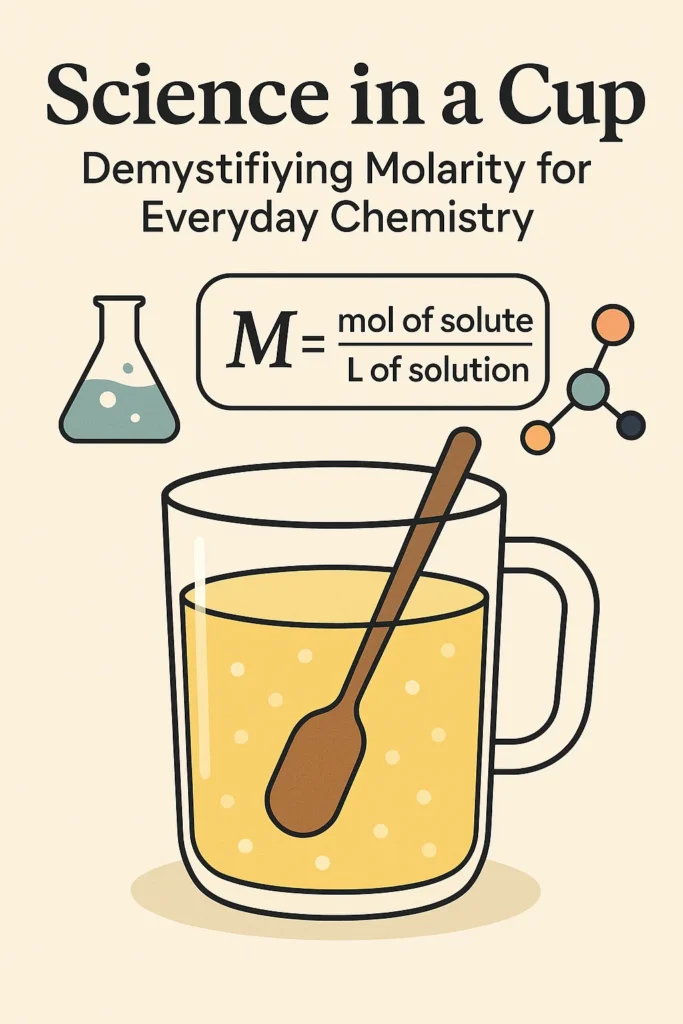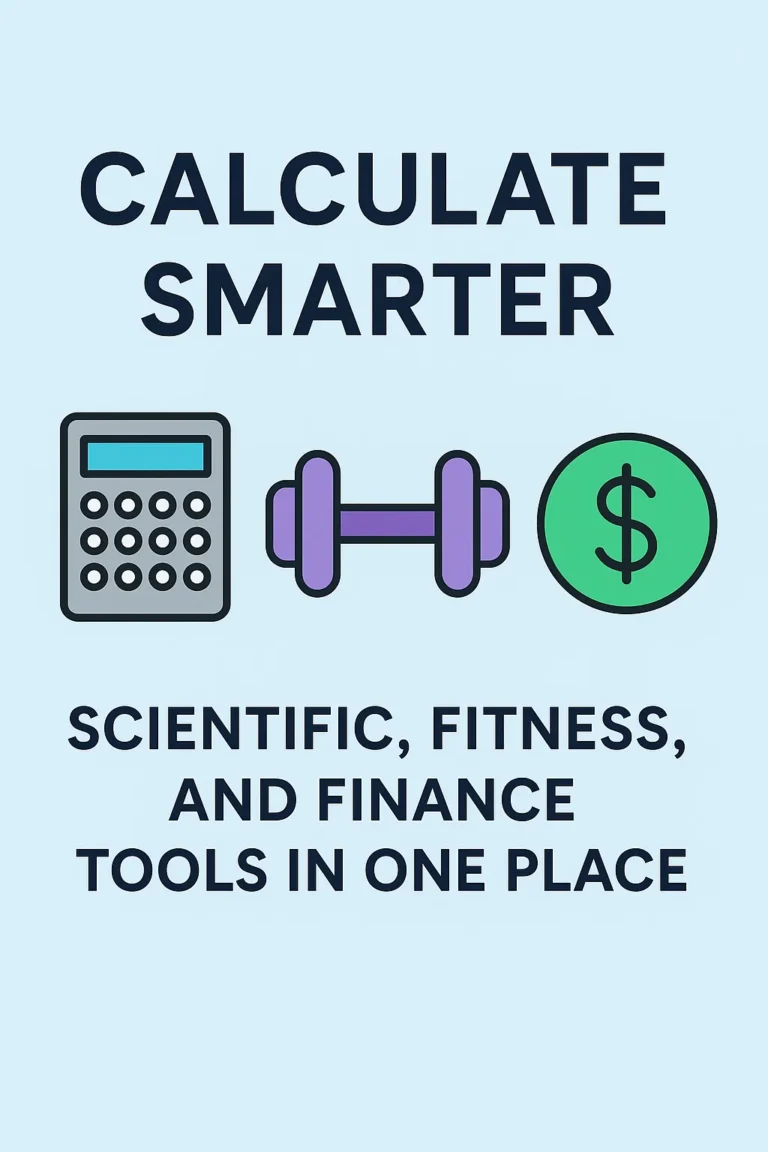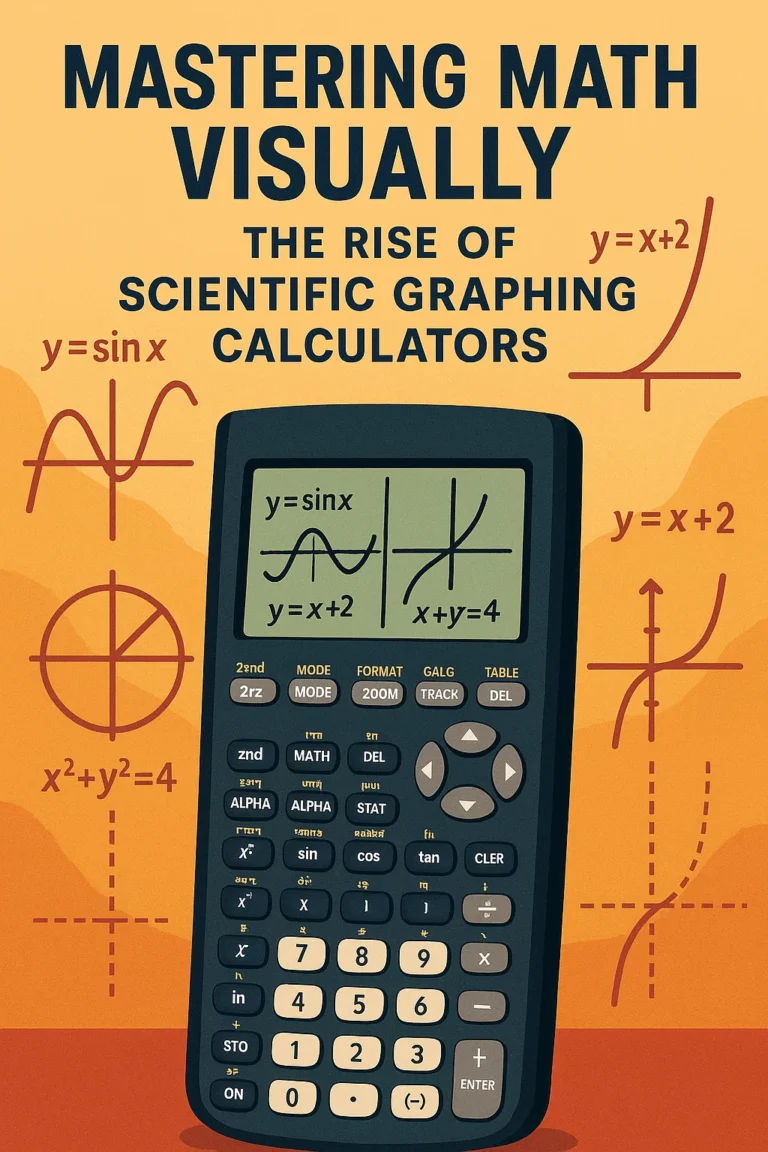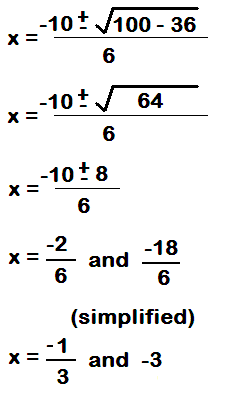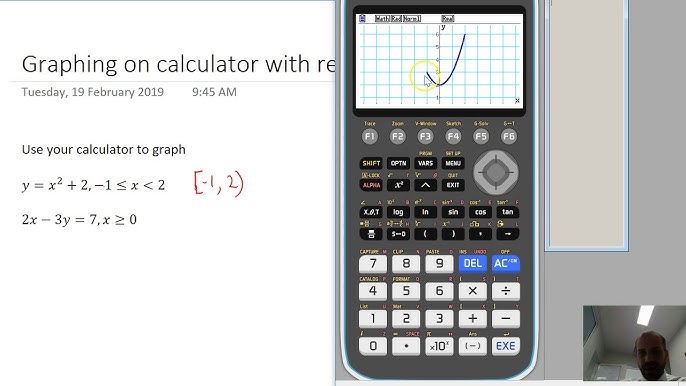Let’s be honest–when most of us hear “molarity,” our minds immediately drift back to high school chemistry class, when chalkboard formulas were covered with formulas while teachers murmured something about moles per liter and other such terms. Many saw molarity as something only lab coat-wearing scientists needed to care about.
But here’s the twist: molarity can be found everywhere.
From your morning orange juice to the cleaning solutions under your sink, molarity plays an integral part of daily life. And the good news is, no need to be a chemist in order to understand it: just look at it from another angle–one more relevant for kitchen tables rather than textbooks.
Welcome to Science in a Cup, where we aim to demystify molarity into something even your lemonade stand could teach!
What Is Molarity, Really?
Let’s do away with any stiff definitions and break it down simply:
Molarity is simply a method for measuring how concentrated a mixture is; specifically, how much material has been dissolved into an amount of liquid. That’s all there is to it.
Ever make iced tea and added way too much sugar? That is an example of highly concentrated solution, also known as high molarity. Conversely, adding too much water could result in dilute solution of low molarity.
So when someone asks “What is molarity?,” you can answer with:
“Mass concentration refers to how much of something there is present in a liquid.”
Boom. Without formulas and stress.
Let’s Make Lemonade:
An Engaging Lesson in Molarity Imagine this: it’s an oppressively hot summer afternoon and you are outside with a pitcher of lemonade. After making sure the water temperature is appropriate for mixing, you begin stirring away: adding syrup from your cup into your pitcher until everything looks right – mixing and adding ingredients such as mint leaves. You begin mixing quickly to achieve optimal results – before realizing what an amazing molarity lesson this will be!
2 cups of water and three tablespoons of lemon juice
Your dessert tastes perfectly sweet until your friend comes over and says, “Can we make it stronger?”
Add more lemon juice and sugar, and your concentration and molarity have just increased accordingly.
Simple? Definitely! This lemonade lesson applies to so much more: hot chocolate, salad dressing and detergent to name just a few! Every time you “adjust the strength”, you are changing its molarity – or “molarity index”.
Molarity in Everyday Life
Molarity can be found everywhere you turn: in stores, offices and even schools!
Medical labs: Blood tests often involve diluting samples to specific concentrations – this is an example of molarity at work.
Pharmacies: For optimal safety, liquid medications must be carefully manufactured using precise concentrations to ensure maximum effectiveness.
Cleaning products: Have you seen “dilute with water before use” instructions printed on bottles of cleaning supplies? That is an molarity indication.
Gardening: When selecting fertilizer mixes for gardening projects, care must be taken not to overdose the plants with an excessively concentrated solution. A solution with too much nitrogen could kill their roots.
“Molarity” might sound academic, but it can actually be found everywhere you turn.
Why Molarity Was Once Overwhelming (And How Tech Has Changed It)
Calculating molarity once involved pouring through textbooks, memorizing symbols and performing manual math with pen and paper – an experience which could quickly put off even the most dedicated learners. Today however, with new tech solutions like online calculators available and easy online molarity calculations proving so popular for use within education systems around the globe, calculating molarity no longer poses such daunting barriers to entry.
But thanks to modern tools such as an online scientific calculator, those days have long since passed.
Now, you can quickly and easily calculate molarity with just a few clicks!
Convert units without guessing! Convert between units easily.
Understand relationships between concentration and volume through visualization using graphs
The best calculator online scientific isn’t just designed to crunch numbers–it also teaches through interactive learning. No need to be an math genius or chemistry major–all it takes is being curious!
Meet Chris: the Accidental Chemist
Chris, a 28-year-old barista recently venturing into DIY soap making. Chris loves experimenting with ingredients, essential oils, and natural cleaners but encounters difficulty when scaling recipes online.
One blog mentioned using a “5% solution of lye,” while another recommended using a “0.2 M solution.”
Chris frowned. “Molarity? I thought that was left behind at school.”
Chris decided not to give up, so she searched online and found a free scientific calculator. Not only would it spit out answers; instead it guided Chris step-by-step through the process of calculating molarity step by step and soon enough they were making adjustments like pros – teaching their friends how to safely balance solutions!
That is the beauty of pairing everyday curiosity with smart tools.
Let’s Discuss Tech: Graphing Calculators for Chemistry
Perhaps you are asking, “Aren’t graphing calculators only used by math geeks?” But that may not be the case – graphing calculators may come in handy for chemical studies too!
Actually, graphing calculators can be powerful tools in chemistry too. Here’s why:
Track changes in concentration over time to assess how fast solutions become stronger or weaker.
Compare two solution strengths on one graph
Visual learners benefit greatly from being able to visualize reactions.
Many online scientific calculators now come equipped with graphing features, giving you the best of both worlds. From calculating molarity to analyzing how different substances react, these tools enable you to visualize the science at play behind it all.
Why This Matters: Confidence in Everyday Chemistry
Many will not admit it, but chemistry is an invaluable life skill that should not be disregarded.
Not just memorizing the periodic table–but understanding how substances interact, how concentration matters and how to modify solutions safely is equally as essential.
As soon as you understand molarity, everything changes…
Your knowledge of cleaning products (like when to dilute bleach) has increased considerably (e.g. when and how much bleach to dilute).
Make wiser choices in the kitchen (such as balancing flavors).
With more awareness, you read medication labels.
Are You an Amateur Scientist (Beauty Care DIYer)
No need to become a chemist! Just learn to become more confident, capable, and creative with what you already do.
Do You Want to Develop the Molarity Mindset: Questions to Begin Asking
Are You Wanting to Begin Thinking like a Molarity Master? Now? Try asking these questions regularly in your everyday life:
How strong is this mixture I just made?
What would happen if I double the sugar?
How much water should be used to dilute this concentrate safely? Am I providing sufficient plant food concentration?
By asking questions like these, you’re training your brain to connect science with everyday life – something which “Science in a Cup” strives to accomplish.
Finding a Calculator that Suits Your Needs
Are You Preparing to Experiment, Learn, or Simply Avoid Messing Up DIY Recipes
A good calculator can be your go-to companion when experimenting or making homemade food products from scratch.
Here’s what to look out for when searching for the ideal calculator online scientific:
Molarity function built-in, graphing calculators or visual tools, mobile-friendly for convenience, an easily understood layout with optional tutorials or learning prompts – these features all add up to an exceptional learning experience!
Many online calculators are free and don’t require downloads–so you can start exploring immediately.
Final Sip: You Are Already Doing Chemistry From cooking and cleaning, gardening, to creating new things – any act involving chemicals involves some type of chemical interaction with matter; understanding molarity provides language to describe this activity that we engage in everyday.
No lab coat necessary.
So next time you mix a drink, alter a recipe, or measure liquid soap – take a moment to appreciate what you are doing: not simply pouring, but practicing molarity; doing science in a cup!
By employing tools like an online scientific calculator or modern graphing calculators, you can calculate, compare, and create like an expert chemistry student–right from your kitchen table!




